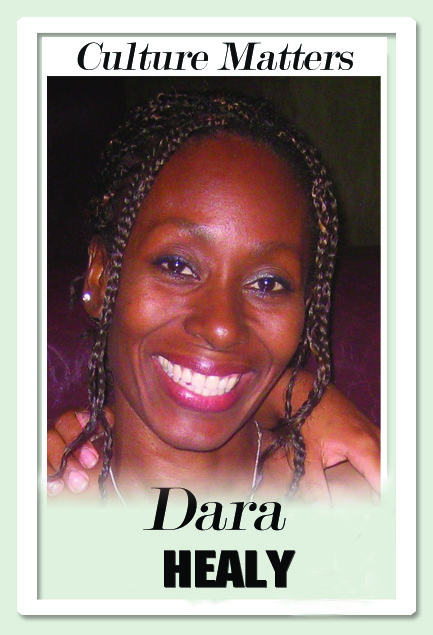Panyards of our future

Culture Matters
My father was a drum
He came out of the forest of West Africa
My mother was tamboo bamboo
She came out of West Africa too
They met in the hills of Laventille
Where I was born...
– Eintou Pearl Springer
THE STEEL PAN, forged in the fires of resistance and struggle, is still not fully accepted in the land that created it. After decades of innovation and global recognition we are yet to achieve what Pat Bishop called the magical aspirations of pan. Why?
The country that gave the world the only percussive instrument of the 20th century has still not carved out a space for the panyard. We have created a powerful instrument but have yet to access its power. Now that covid19 is forcing governments to reset socioeconomic policies, what role will our national instrument play in TT’s recovery?
The numbers tell their own story of wasted time. Seventy-five years ago the sound of pan rang through the streets in celebration of the end of World War II. Twenty-eight years have gone by since pan was declared the national instrument of TT by then prime minister Patrick Manning. Twenty-five years have passed since celebrated economist Lloyd Best presented what may be described as a blueprint for integrating pan into communities.
Best recognised the panyard as a space for “innovation and native entrepreneurship.” Twenty-five years ago, he articulated that panyards must be central to empowering future, becoming centres of growth for the people they serve. The yard would offer not just temporary, short-term employment based on one annual competition, but would offer sustainable and viable alternatives to criminal lifestyles. In many ways, pan would be a foundation upon which to reclaim ancient values of community and sharing, particularly in the neighbourhoods that most needed this wisdom.
I stood in the empty Despers panyard and felt the pain of all of these thoughts. In many ways, this is a community steelband that epitomises our dilemma. Rooted in the history of Laventille, Orisa and struggle, their brilliance attracts players from around the world. I feel the pain of those who, like me, “want to go back up the hill.”
As I stood in the deserted yard on Tragarete Road, the emptiness reminded that too many of our panyards remain unused for long periods (this even before coronavirus).
Today, entrepreneurship exists within relatively few panyards. There is also a need for those in authority to provide knowledge of financial management, organisational development and other skills.
Further, as hundreds of universities around the world have discovered, the steel pan is an excellent instrument for teaching music, adaptable to different learning styles. Yet, its potential for improving literacy beyond music has yet to be developed here.
So, what is the purpose of having a national instrument? One Middle Eastern craftsman of the oud, an instrument said to be thousands of years old, maintains it has played a crucial role in the growth of their civilisation. For him, it had moved beyond “...being merely a musical instrument. It has become a symbol of identity...”
In TT, our indigenous instrument has not just impacted our national identity; it has transformed the global cultural landscape. Sadly, I am not sure that enough people in authority are willing to recognise or accept the power of the steel pan.
It would explain why this country did not patent its invention. Or why it took more than 70 years for a pan-in-schools programme to be announced. Or why we have yet to formalise our own methodology for teaching pan.
Will a post-covid19 world precipitate a different approach? As Best would undoubtedly say, the panyard must evolve to a space that is owned and operated by its community.
The steelband sector must be properly integrated into tourism, manufacturing and other industries. This will move past trivial performances for tourists towards setting up viable trade and export linkages.
Technology must be made available to help bands grow their support base more effectively and make self-sufficiency an attainable goal.
Forged in the fires of resistance and struggle, the pan is certainly an instrument of spirit. Overcoming hundreds of years of oppression, we in TT were chosen to receive this gift. It came to us through convergence of the powerful forces Eintou described in her poem.
In facing real questions of survival we must decide: Do we truly regard pan as an instrument of the future, or look on as other nations benefit from the national symbol that we refused to claim?
Dara E Healy is a performance artist, communications specialist and founder of the NGO, the Indigenous Creative Arts Network – ICAN


Comments
"Panyards of our future"